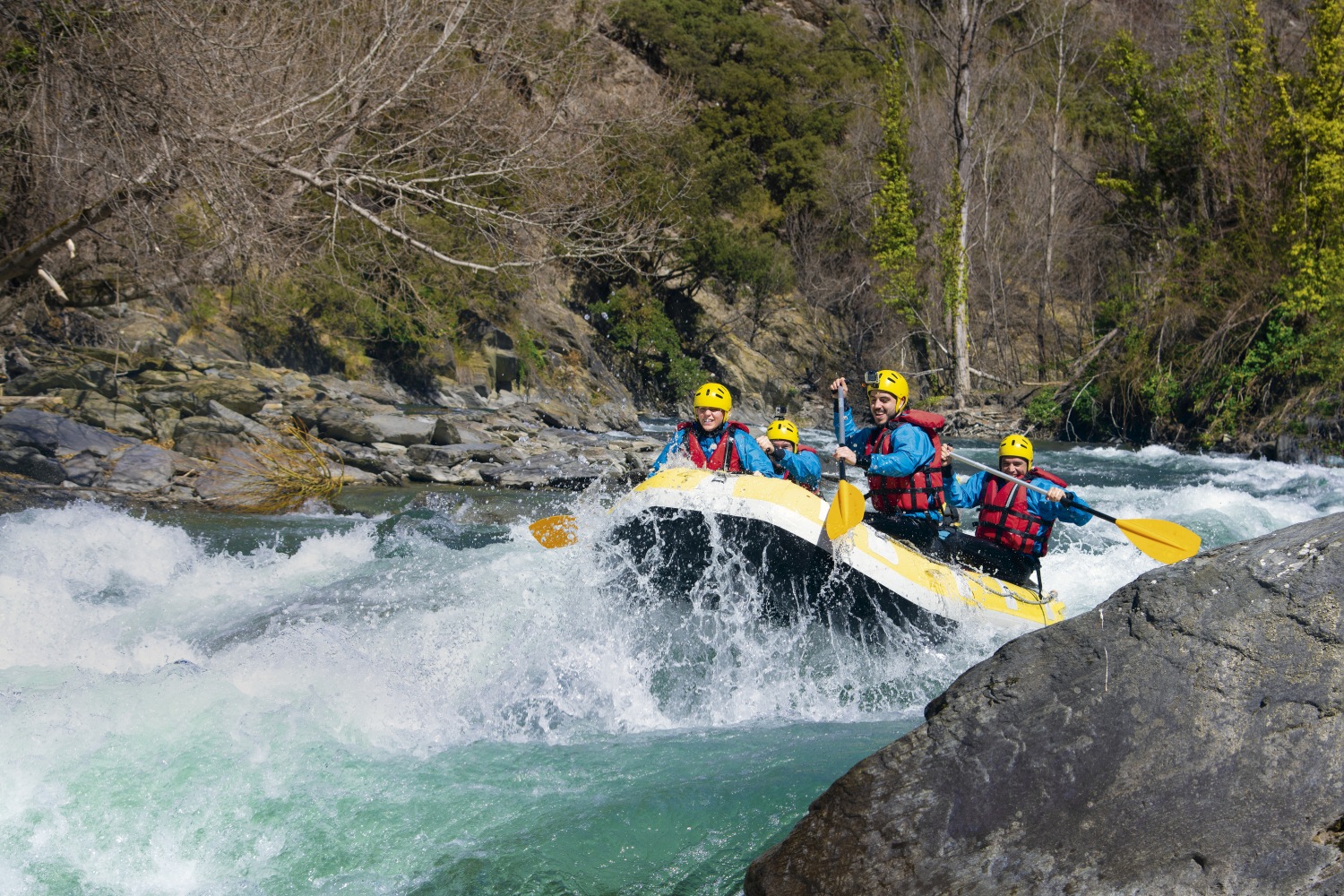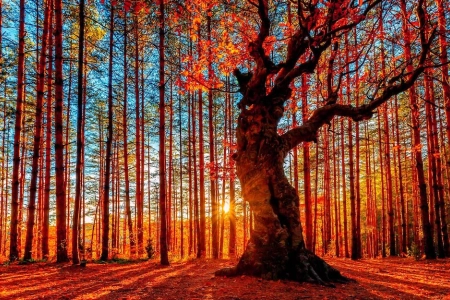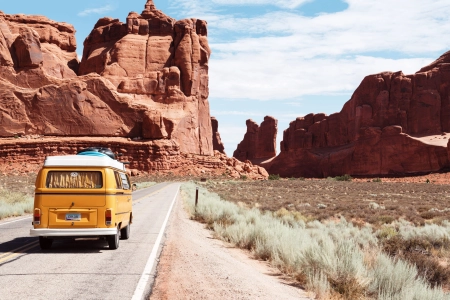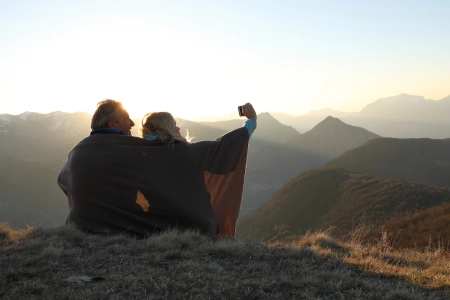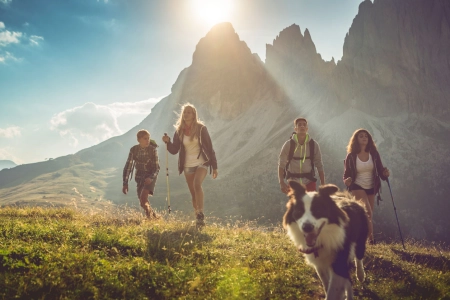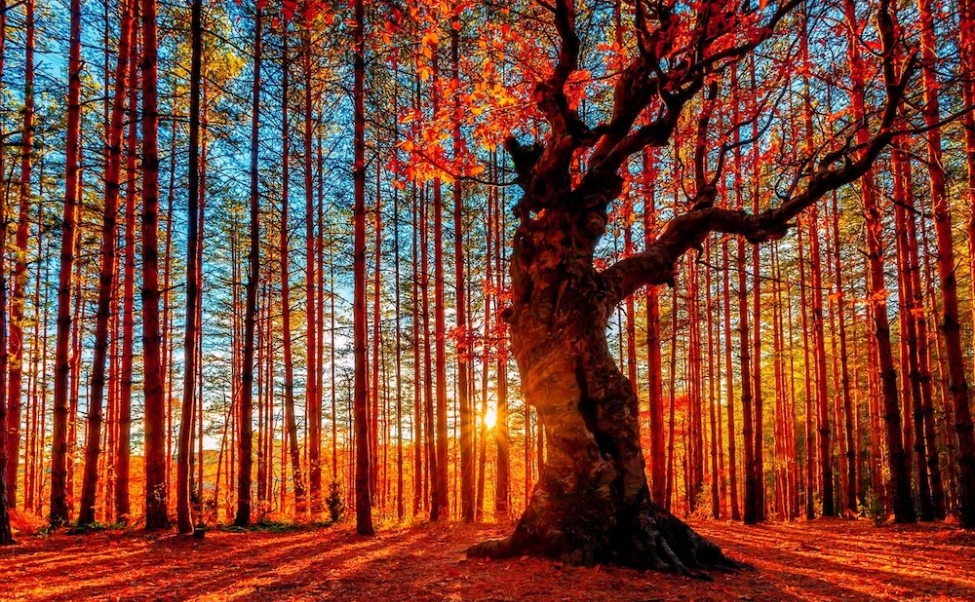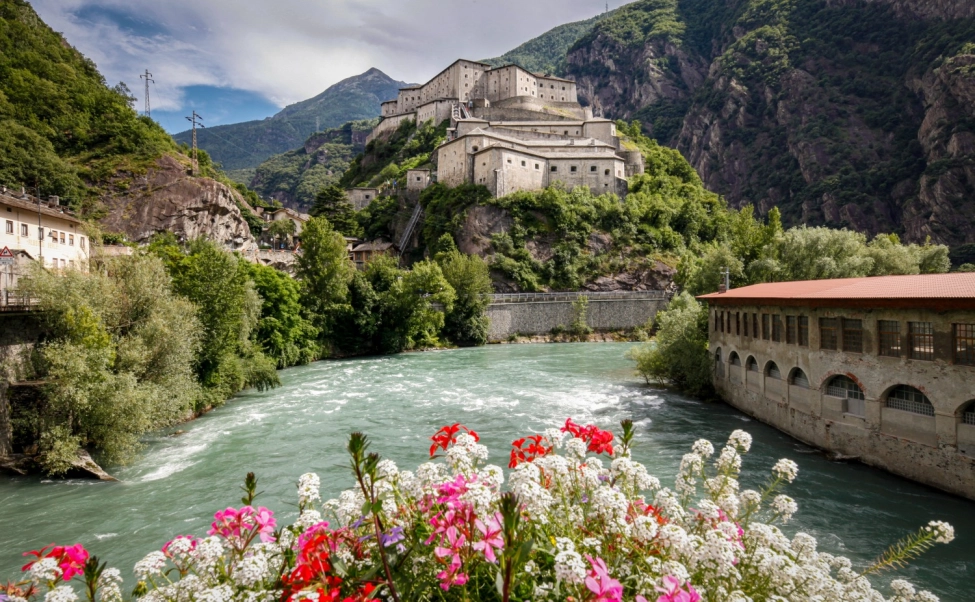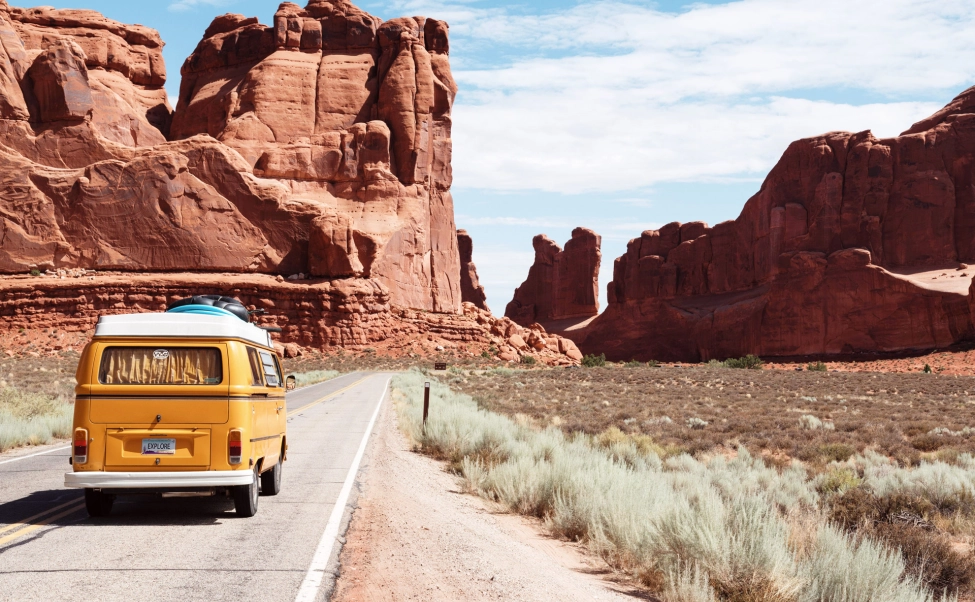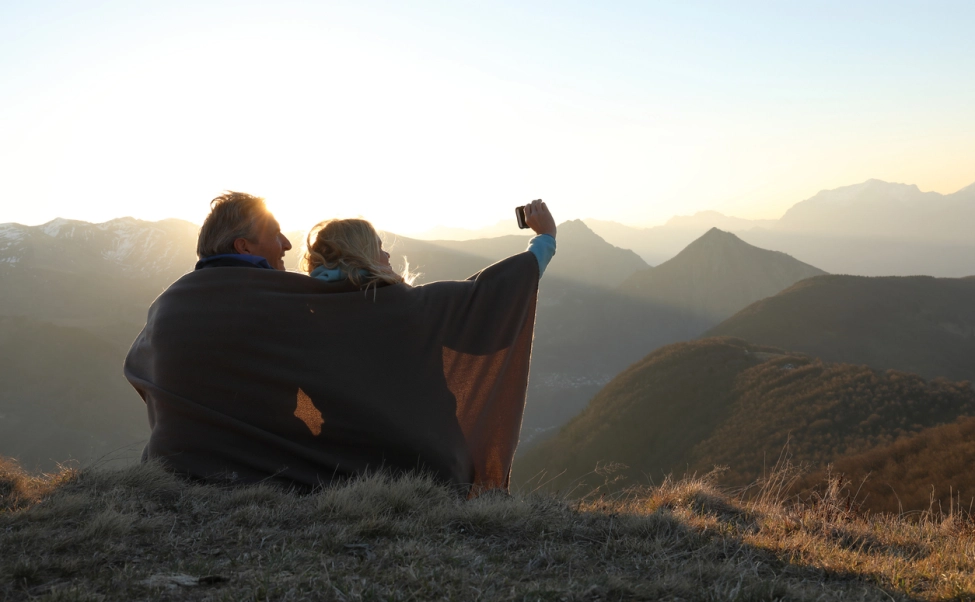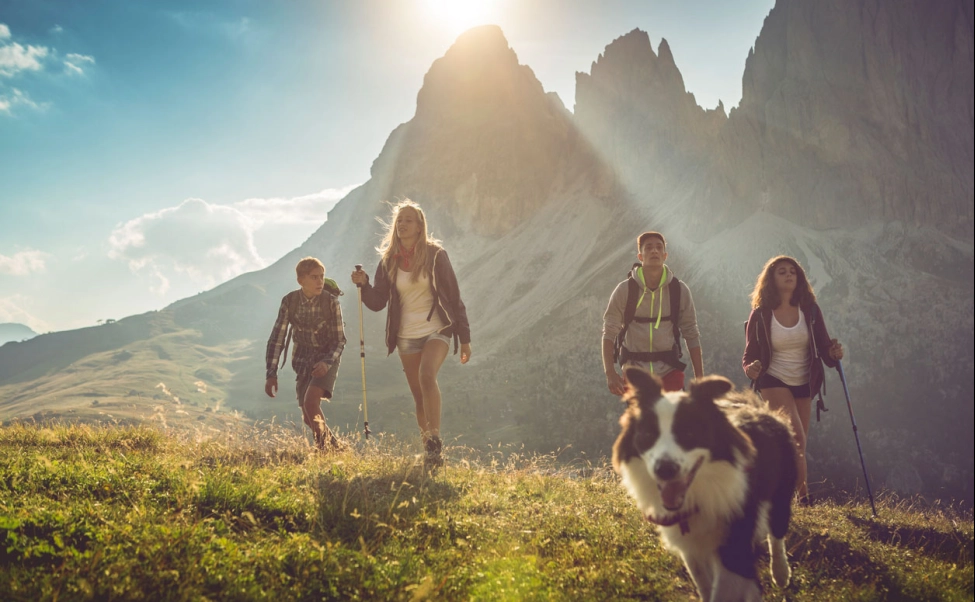- Details
- Written by: Roger Fulton
Sponsored content
The Pyrenees provide the perfect setting for adventure sports – in particular, water sports and climbing. The dramatic contrasts in landscapes make this region of Catalonia an ideal playground and a great way to gain deeper insights into the natural forces that shape this terrain and the people whose lives are enriched by them.
Adventure on the water
Rapids, crosscurrents, and whirling eddies. The strength of the various rivers of the Pyrenees become, every year with the thaw, a magnet for lovers of aquatic adventure. The thrill of taming these natural forces started with the former rafters and fishermen, the original white-water experts, who would transport goods downstream every spring, together with the timber they used for making the boats.
Now many specialized companies have taken to the same waters to offer a wide range of white-water adventures: rafting, kayaking, hydrosledding, canyoning and river hiking.
These exhilarating activities are best done in spring and summer when the rivers are full of water thanks to the thaw from the peaks in the Catalan Pyrenees. Events, such as the Noguera Pallaresa Rally that in 2013 it reached its 50th edition, have turned the Pyrenees into a benchmark for water sports destinations.
River rafting is an activity that consists of traveling the river in the direction of the current (downstream) in inflatable boats with capacity for 6 or 8 people, in the case of rafting and, individually, canoeing.
And if you prefer calmer waters, you'll find the lakes and reservoirs also provide opportunities for jet-skiing, windsurfing, water skiing and scuba diving.
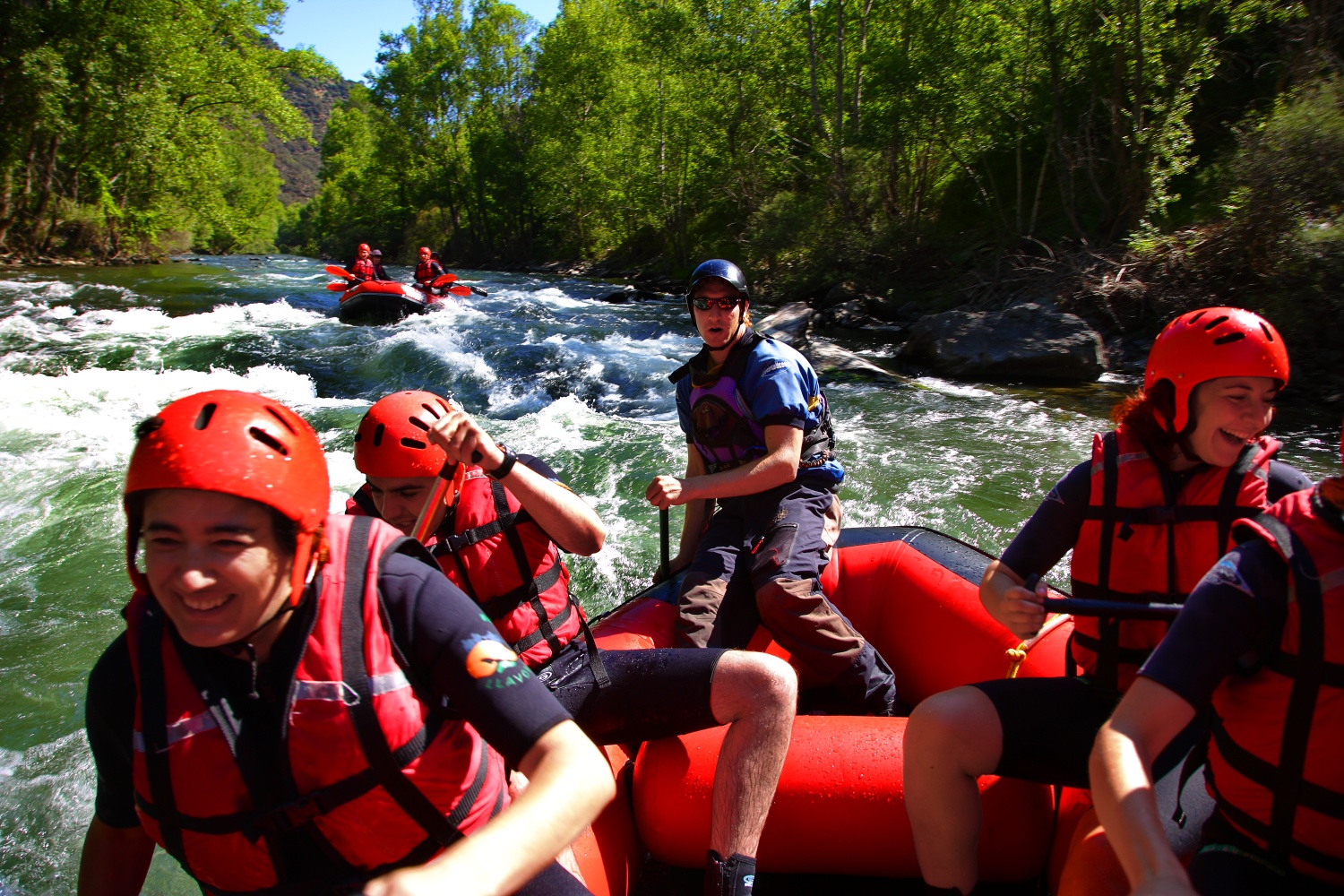
Where to go
La Noguera Pallaresa
Located in the middle of the Pyrenees, Noguera Pallaresa is considered one of the best and most emblematic Pyrenean rivers, and is at its most challenging during the peak snowmelt months of May and June. The river offers 60 km of navigable waters for rafting and other water sports. From the Pla de Beret to Terradets, passing through the Collegats gorge, the Sant Antoni reservoir and Cellers, the Noguera Pallaresa combines sections for all tastes and levels.
The Garonne
At the western end of the Catalan Pyrenees, at the junction of Beret and Orri, the Garonne rises, the backbone of the towns of the Val d'Aran and a privileged setting for white-water activities such as rafting or the descent of ravines from Les Bordes, to Les. Here you will feel part of a team that is rowing in the same direction, whether you come with family, friends or have dared to try it alone.
The Secret
Located in La Seu d'Urgell, the Parc Olímpic del Segre has a white-water course with an adjustable flow that facilitates canoeing, kayaking, hydrospeed and rafting for beginners and experts alike in a safe, controlled setting.
The Ribagorça Walnut
Known throughout Europe for the quality of its waters, Noguera Ribagorçana is one of the top destinations for water sports in the Pyrenees. The Escales reservoir and the ravines that feed the river allow multiple sports activities. Among these, the ravine of Viu de Llevata is considered one of the best in Europe.
The Freser River
El Ripollès is a water region where the sport of canyoning is growing in popularity. For this high-level mix of abseiling and plunging into deep pools head to the gorges of the Freser river, in the stream of the Queralbs cave or in the area of Sadernes Montagut, in the Fluvià basin. Whether it’s a beginner ravine, like the Barranc del Freser Inferior, or the advanced level Núria Integral ravine, the most spectacular in the Catalan Pyrenees, this is a sport for all.
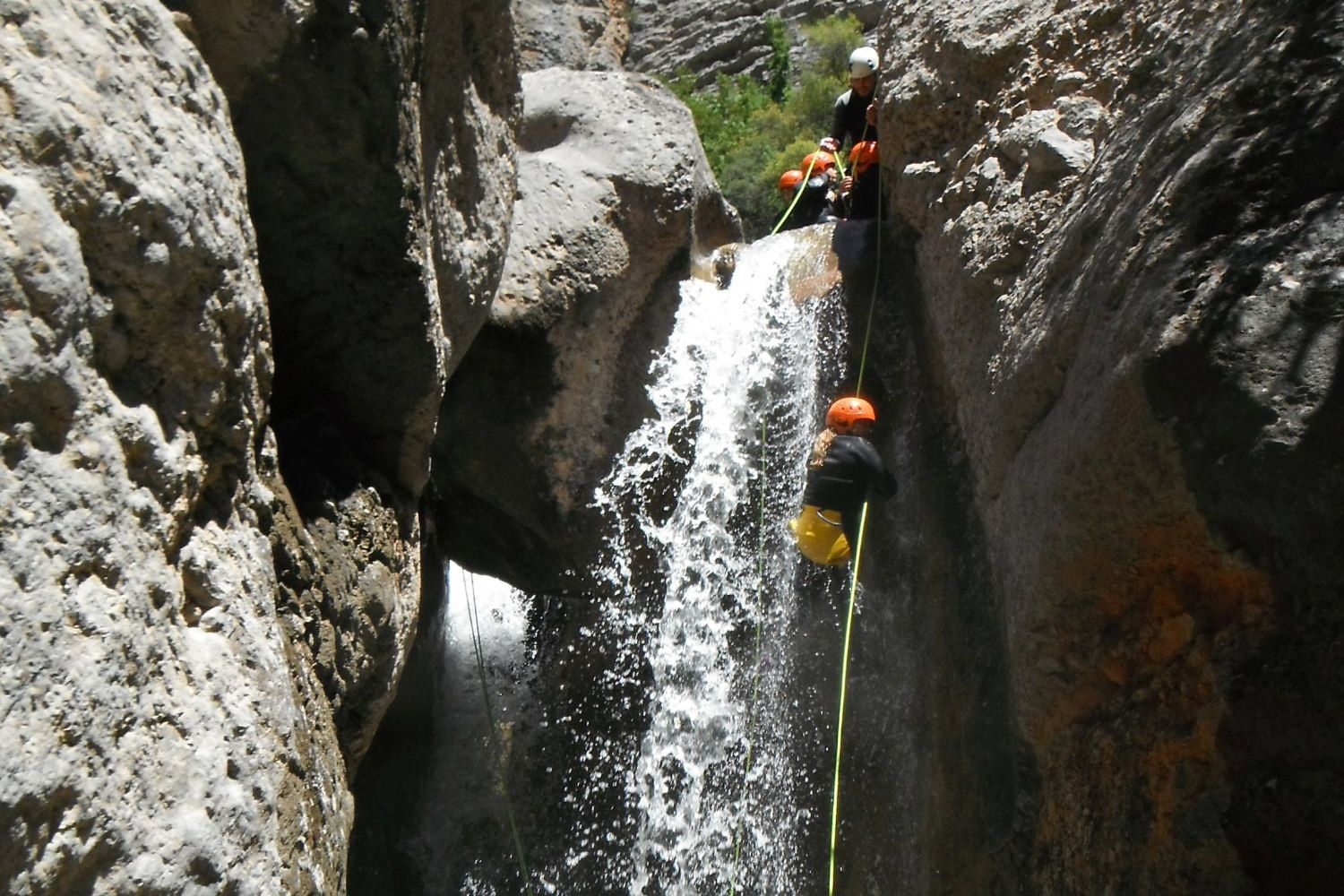
Adventures on high
In the Pyrenees, you can practice all types of climbing, on rock and ice. Experience the thrill of climbing mythical peaks such as La Pica d'Estats, which at 3,143m is the highest peak in Catalonia, or Canigó, Puigmal, Besiberris, Mulieres and Montardo will more than meet the expectations of all keen climbers.
Climbing zones such as Montsec, with the magnificent Terradets, Vilanova de Meià and Mont-rebei tracks, or Collegats gorge, Pedraforca and the mountains of El Cadí, make the Pyrenees a truly unique destination for the sport of climbing.
The excellent climate, a superb network of mountain refuges, complete weather information and mountain rescue services form the perfect complement to these magnificent facilities. Of course, it is important to note that in order to carry out these climbs safely, it is necessary to use the services of a local guide who knows the terrain, the inclement weather and how to make the climb.
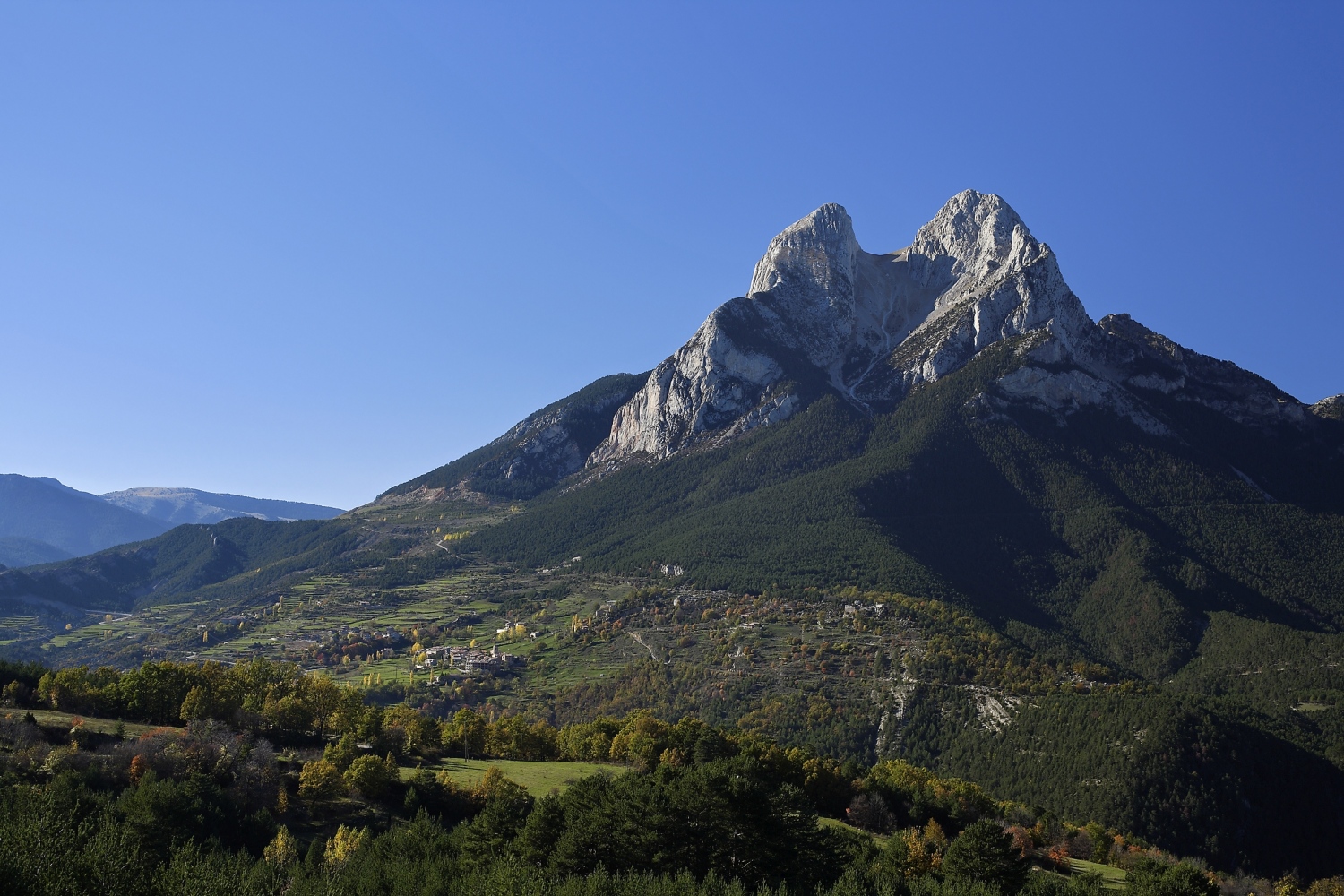
Where to climb
The Pyrenees have some outstanding and challenging peaks waiting to be conquered, but in order to carry out these climbs safely, it is strongly recommended that you climb with a local guide who knows the terrain, best routes and weather conditions.
Take a look at some of these mountain highlights:
- Pica d’Estats (3,143m) is the highest mountain in Catalonia and one of the region’s most iconic climbs.
- Puigmal (2,910m) is a popular peak attracting many climbers, especially during the summer months. Known as the roof of Ripollès it dominates the whole of the Girona Pyrenees and its ascent is one of the great classics of hiking in the Pyrenees.
- Pedraforca (2,506m) was the cradle of the Catalan mountaineering tradition, and the emblematic fork-shaped peak has inspired many stories and legends over the years. Its distinctive silhouette has given this mountain an unusual character that distinguishes it from the rest of our peaks.
- El Montardo. Montardo is probably the most well-known mountain in the Val d'Aran. It is located in the northernmost part of the National Park of Aigüestortes and Estany de Sant Maurici, and to the south of the Val d'Aran. Its 2,833 meters represent a perfect vantage point giving panoramic views of many other mountains in the area.
If you’re not quite ready for a full-on mountaineering experience, another good option are via ferratas - mountain itineraries, equipped with irons, cables and ropes to facilitate the ascent. Located on the Oliana marsh, in Alt Urgell, the via ferrata de Regina is perfectly equipped and offers a route that impresses with its verticality.
To learn about the many other adventures that Catalonia has to offer, check out visitpirineus.com/en
Getting to the Pyrenees
Getting to the Pyrenees from the UK is easier than you might think, with several options of airports to fly into, as well as possible rail links that can be used.
Flights
The closest larger airports are Barcelona and Toulouse, both of which are served by multiple UK airports and several airlines such as British Airways, easyJet and TUI.
You can also choose to fly to smaller, more central airports such as Girona Costa Brava, where you can fly to with Jet 2, Ryanair and TUI, from many UK airports, including London Gatwick, Doncaster, Birmingham and Newcastle.
By Train
If you prefer to get here by rail, there are international train links from the UK to Barcelona via the Eurostar from London St Pancras to Paris Gare du Nord and onward TGV services from Paris Gare de Lyon to Barcelona Sants. The total time for this is about 10.5hrs. From Barcelona there are high-speed rail connections to Figueres, Girona, Tarragona and Lleida.
- READ NEXT: Grand Tour of Catalonia: Take the Trip

